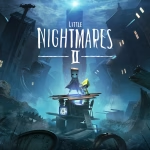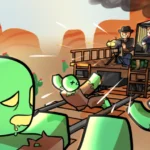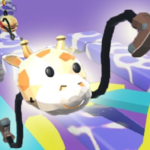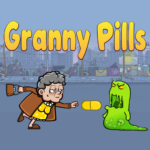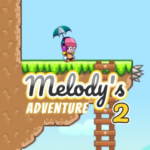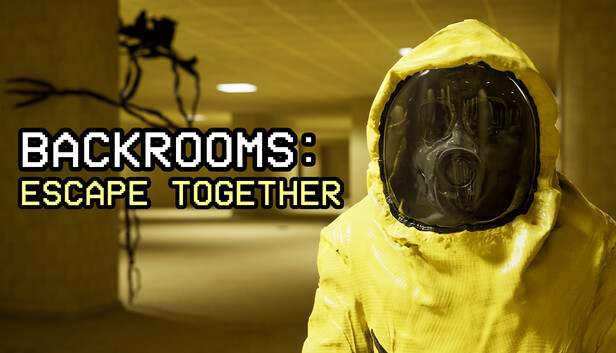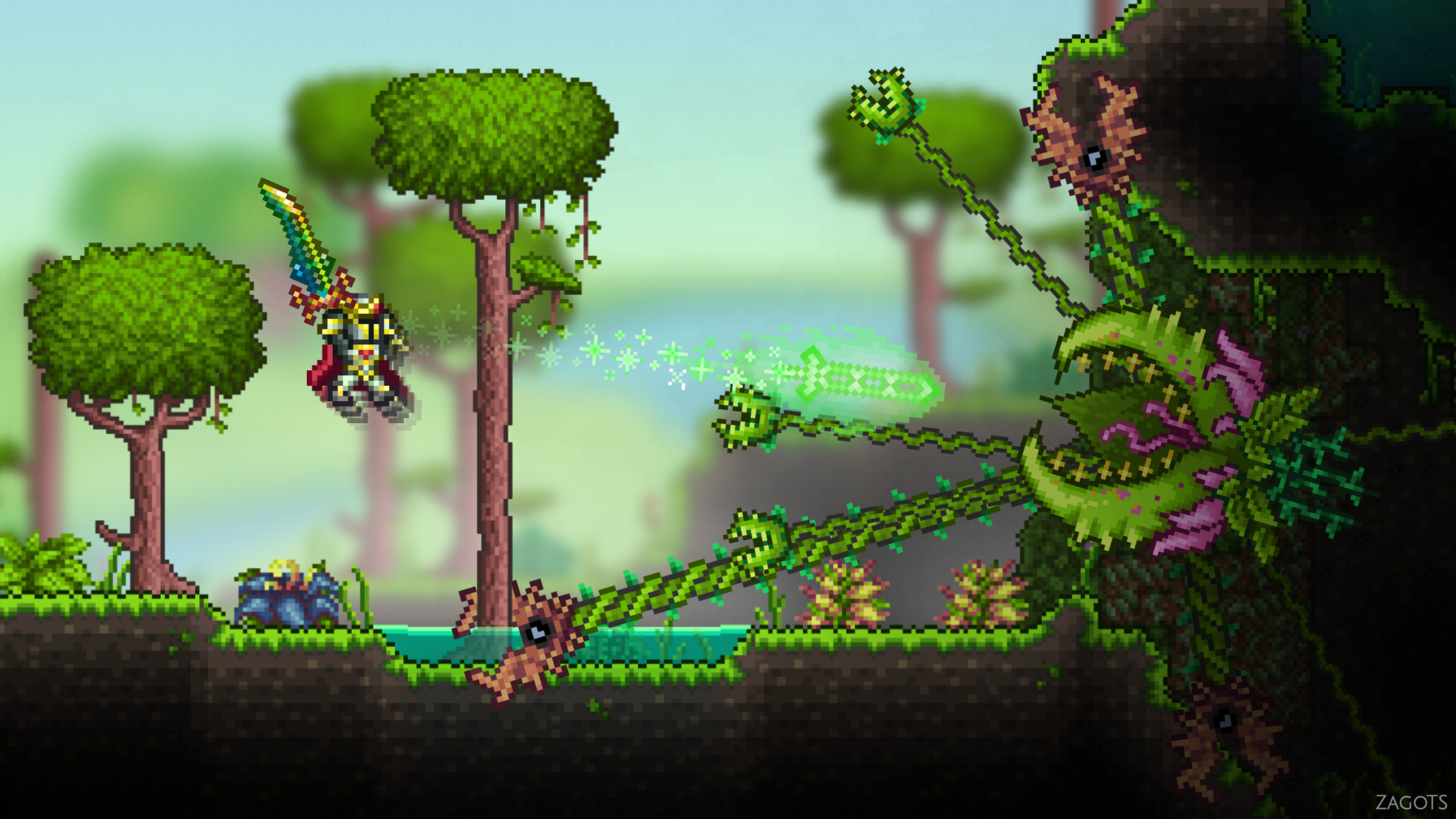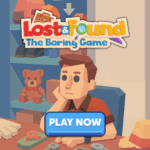Since its release in 2009, Left 4 Dead 2 has remained one of the most iconic cooperative zombie shooters of all time. Developed by Valve, the game built upon the foundations of its predecessor by introducing new characters, weapons, special infected, and campaigns. However, one of the most defining aspects that set Left 4 Dead 2 apart from other shooters is its AI Director—a dynamic system that controls enemy spawns, resource placement, and pacing.
The AI Director ensures that no two playthroughs are the same, making Left 4 Dead 2 an infinitely replayable experience. However, despite its brilliance, the system is not without flaws. Some players argue that the AI Director can sometimes feel unfair or unpredictable, leading to frustration rather than fun. In this article, we will deeply analyze the mechanics of the AI Director, how it impacts gameplay, and whether its randomness is a double-edged sword.
1. The AI Director: How It Works
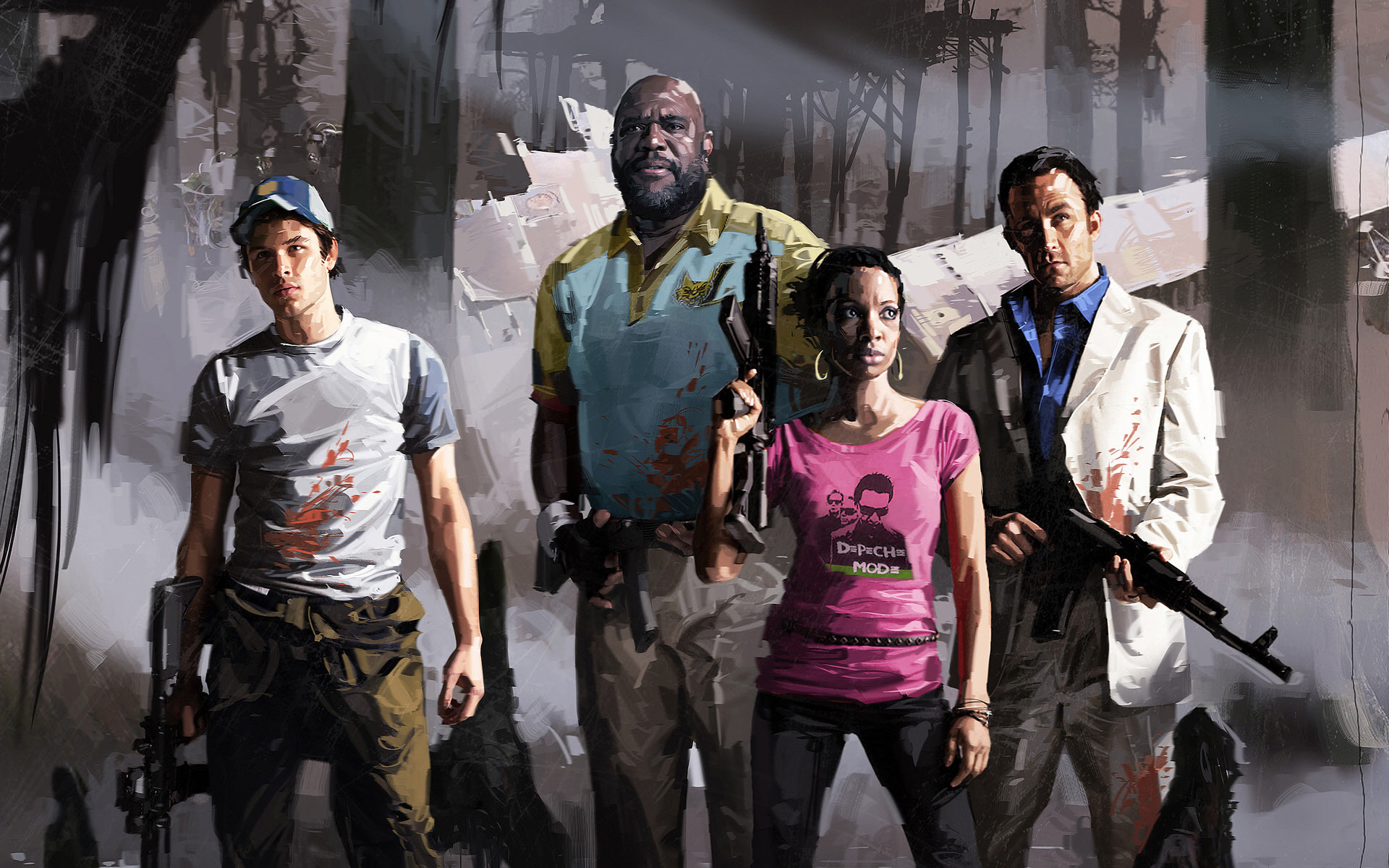
A. Adapting to Player Performance
The AI Director is designed to assess the player's performance in real time. It takes into account various factors such as:
-
Player health levels: If players are struggling, it may spawn extra healing items.
-
Ammo consumption: Running low on ammo? The game might place more supplies in key areas.
-
Enemy spawns: If players are breezing through a level, expect an increase in enemy hordes and special infected.
-
Tempo and tension: The Director carefully balances high-intensity moments with brief lulls to give players time to recover.
This adaptive system ensures that the game remains challenging but never predictable. However, this unpredictability can sometimes be frustrating for players who prefer a more structured gameplay experience.
B. Dynamic Spawn System
One of the most revolutionary aspects of the AI Director is how it controls enemy spawns. Unlike traditional shooters where enemy placements are pre-determined, Left 4 Dead 2 uses a dynamic spawn system.
-
Hordes: Zombies spawn based on sound cues, such as gunfire or alarms.
-
Special Infected: The game prevents too many of the same special infected from spawning at once, ensuring variety.
-
Witches and Tanks: The placement of these powerful enemies varies between playthroughs, adding to the tension.
This system keeps players constantly on their toes, as they can never anticipate exactly when or where the next threat will emerge.
2. The Unfair Side of the AI Director

A. Sudden Difficulty Spikes
While the AI Director is designed to create a balanced experience, there are times when it can feel overwhelmingly unfair. Players have reported situations where:
-
Multiple special infected attack at the same time, leaving no room for counterplay.
-
A Tank spawns in an area with no room to maneuver, making it nearly impossible to escape.
-
Healing items are placed too sparsely, leading to situations where the entire team is struggling with low health.
These unpredictable difficulty spikes can create moments of frustration, especially for newer players who are still learning the mechanics.
B. Inconsistent Resource Placement
Another common issue is the inconsistent placement of health kits, ammo, and weapons. While the Director is supposed to balance these resources based on player needs, it can sometimes be erratic:
-
Some runs feel incredibly generous with supplies, making the game too easy.
-
Other times, critical resources are missing, forcing players into an almost unwinnable situation.
This inconsistency can make Left 4 Dead 2 feel like a game of luck rather than skill, which is a point of criticism from certain parts of the community.
3. The Psychological Impact of the AI Director
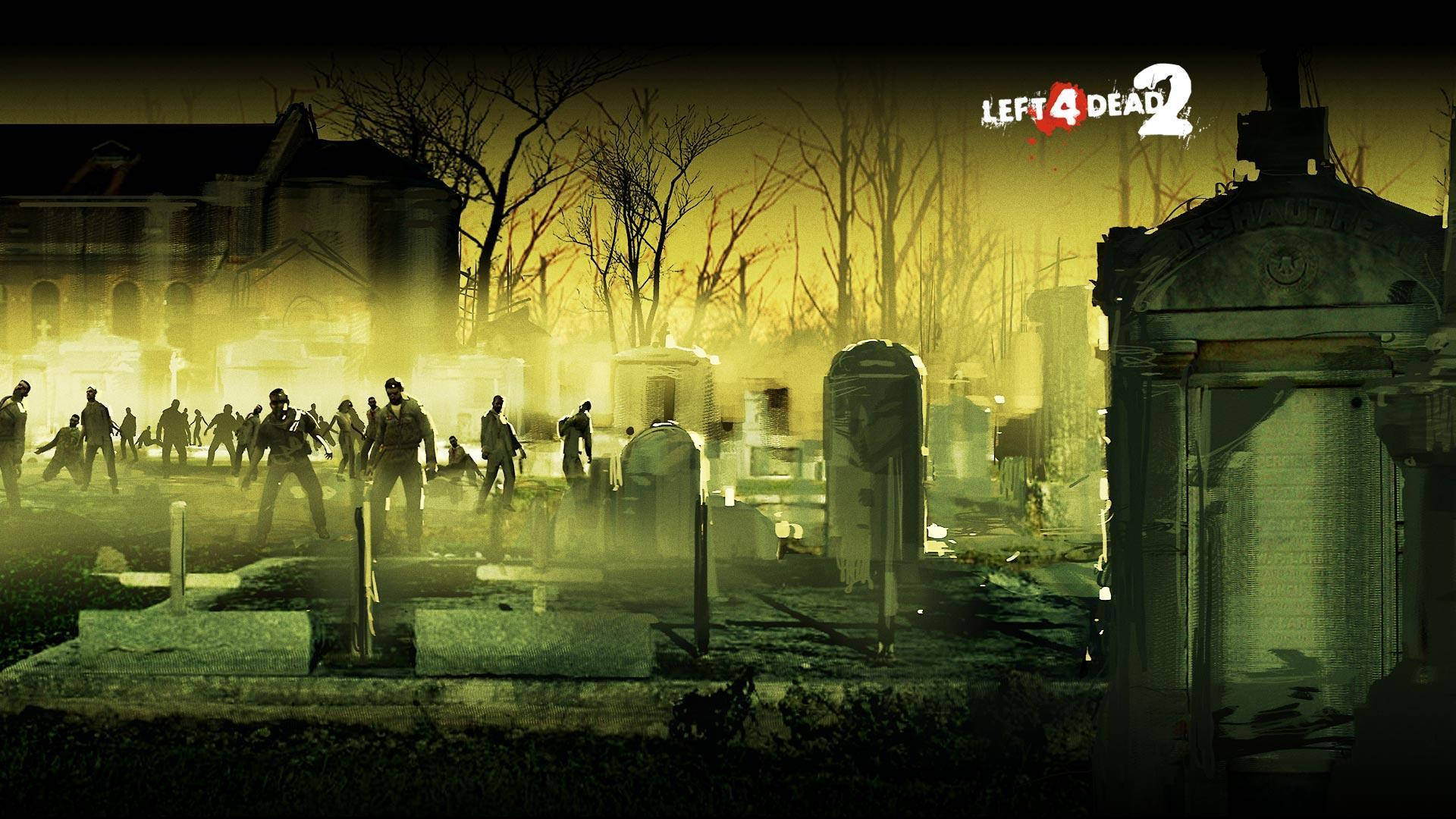
A. Creating Fear Through Uncertainty
One of the most interesting aspects of the AI Director is how it plays with player psychology. Since enemy spawns are unpredictable, players constantly feel on edge, leading to a heightened sense of immersion.
-
Anticipation of a Witch or Tank adds suspense.
-
The sound of a Hunter or Smoker forces players to remain vigilant.
-
The silence before a sudden horde can be more terrifying than the battle itself.
This unpredictability is what makes Left 4 Dead 2 such a tense experience, distinguishing it from traditional shooters that rely on scripted scares.
B. Encouraging Teamwork
The AI Director also plays a role in fostering teamwork. Since the game is always adapting, players need to communicate effectively to survive. For example:
-
If resources are scarce, teams must decide who needs them the most.
-
If a horde is approaching, players need to coordinate their defensive positions.
-
If a special infected grabs a teammate, quick reactions from others are essential.
This dynamic forces players to stay engaged with each other, making Left 4 Dead 2 one of the best cooperative experiences in gaming.
4. Could the AI Director Be Improved?
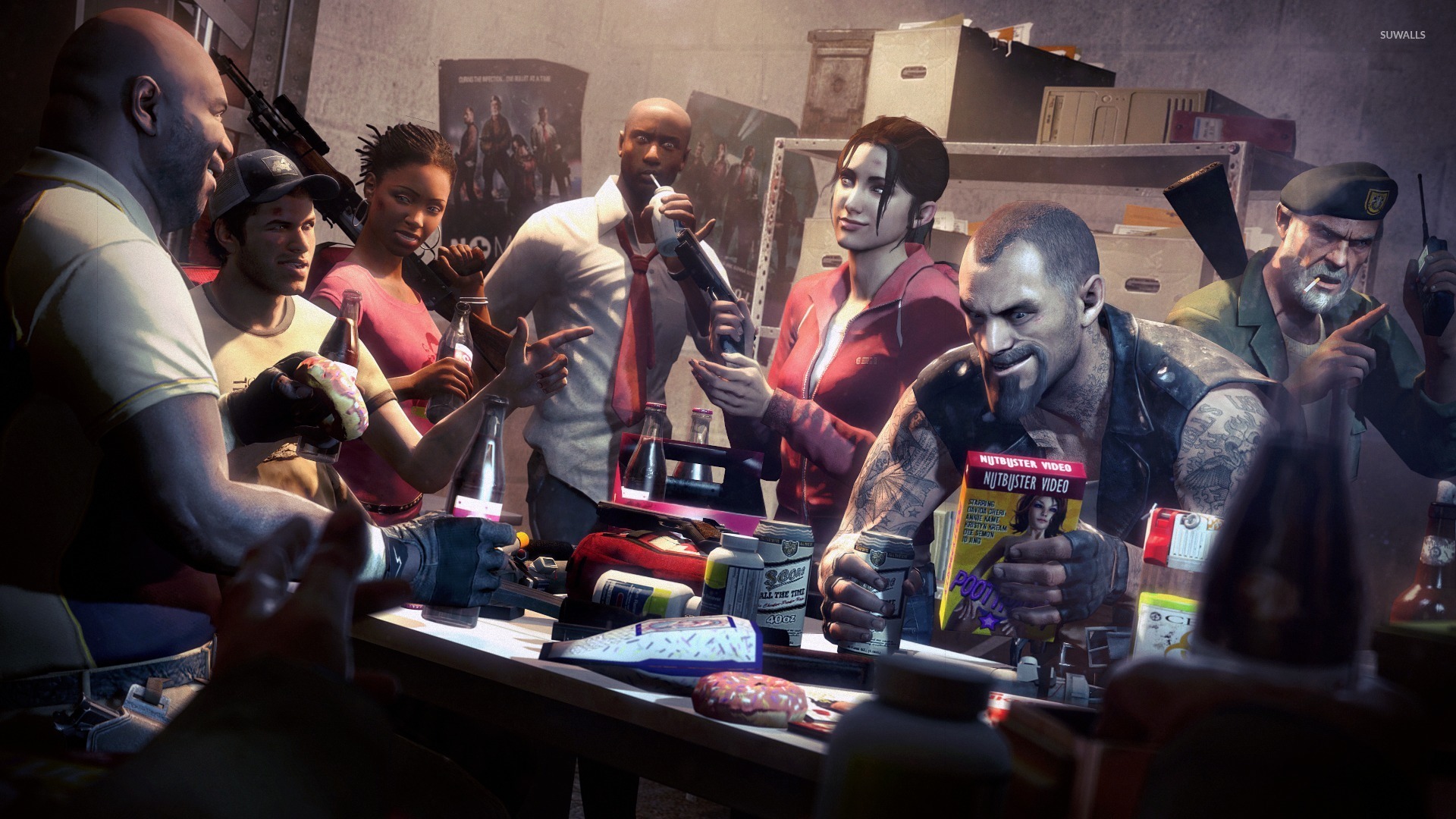
While Left 4 Dead 2’s AI Director is groundbreaking, there are ways it could be refined:
A. More Predictability in Resource Placement
-
Having a minimum guaranteed number of medkits per level could prevent frustrating runs.
-
Ammo should be consistently placed at checkpoints rather than being completely random.
B. Adjusting Difficulty Spikes
-
The game could limit how many special infected attack simultaneously.
-
Tank spawn locations could be adjusted to prevent unfair situations where there is no cover or escape route.
C. Customization Options
-
Allowing players to tweak the AI Director settings (such as horde frequency or resource placement) could help tailor the experience to different playstyles.
-
Mods like “Custom Director” already allow some of these features, proving that there is demand for more control over the system.
Conclusion

The AI Director is one of Left 4 Dead 2’s most defining features, making every playthrough a unique experience. Its ability to adapt to player performance, control enemy spawns, and create moments of tension has cemented Left 4 Dead 2 as one of the greatest co-op shooters of all time.
However, this same unpredictability can sometimes lead to frustration, with sudden difficulty spikes and inconsistent resource placement affecting the overall balance. While the system is far from perfect, it remains an impressive example of dynamic game design that few other games have replicated successfully.
Whether you love it or hate it, the AI Director ensures that Left 4 Dead 2 will always remain fresh, challenging, and terrifying—even after more than a decade since its release.









